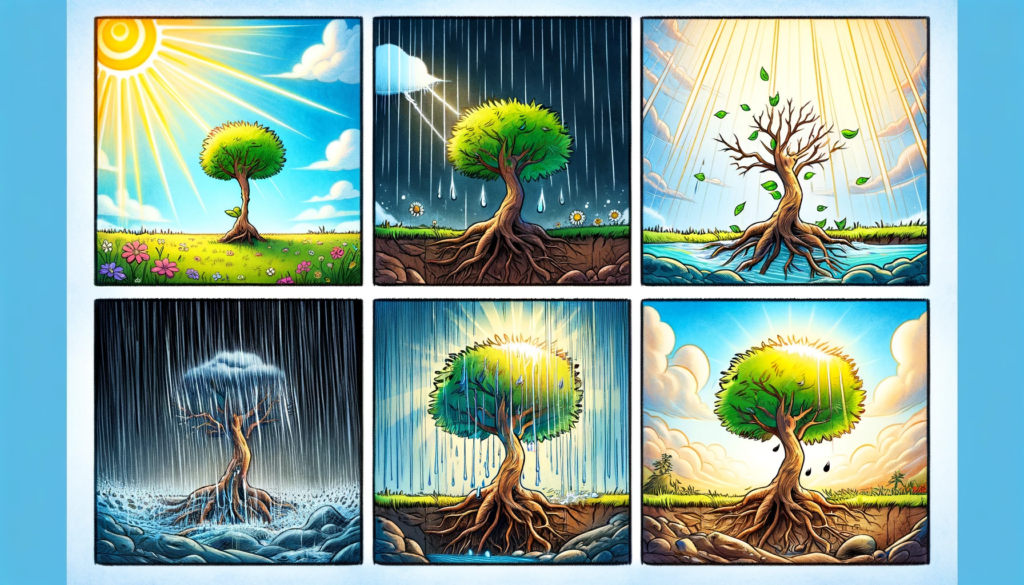
Shabbat, or the Sabbath, holds a significant place in Jewish life, encapsulating a profound blend of religious observance, family bonding, and personal rejuvenation. Every week, from Friday at sunset to Saturday at nightfall, the fast pace of everyday life slows down, making way for a day dedicated to rest, spiritual reflection, and community.
The Spiritual Significance of Shabbat
Shabbat is more than just a day off from the labor of the week. It is considered a gift—a sanctified time that offers a glimpse into a perfect world, a taste of the divine. Rooted deeply in Jewish tradition, it commemorates God’s day of rest after the six days of creation. This weekly observance is not only a reminder of the creation but also of the deliverance from bondage in Egypt, symbolizing freedom from the shackles of the mundane.
In the whirlwind of our daily routines, Shabbat arrives like a serene island of tranquility, urging us to pause and recognize the greater forces at play in our lives and the universe. It’s a time to elevate one’s spirit, to connect more deeply with one’s faith and the teachings of the Torah, which are read and discussed in communal gatherings.
The Practices That Define Shabbat
The observance of Shabbat is marked by various traditional practices and rituals. Before the sun sets on Friday, households engage in thorough preparations, which include cooking meals in advance since no work is to be done on Shabbat, including cooking. The lighting of candles by the lady of the house formally ushers in the sanctity of the day, followed by the recitation of blessings over wine and challah, which are integral elements of the Shabbat meals.
These meals are more than just communal feasts; they are imbued with joy, songs, spiritual teachings, and a sense of closeness among family and friends. It’s a cherished time when families disconnect from technological distractions and connect with each other, often sharing stories, lessons, and prayers.
The Restful Benefits of Shabbat
One of the most significant aspects of Shabbat is the prohibition against work. This includes a wide range of activities from lighting a fire to driving or using electronic devices. The wisdom of these restrictions lies in their ability to cut the continuous thread of labor and anxiety tied to everyday life. It encourages physical rest and mental detachment from the stresses of the workweek.
This cessation of work is not about inactivity; rather, it’s a proactive embrace of peace and a more deliberate, thoughtful way of living. It offers a chance to sleep well, to walk in nature, and to engage in peaceful contemplation or joyful singing, which can refresh both body and soul.
Shabbat’s Universal Lessons
While Shabbat is distinctly Jewish, the principles it embodies are universal. In an age dominated by relentless pursuit and consumption, Shabbat offers a model for sustainable living, mental health, and spiritual well-being. It teaches the importance of setting aside regular intervals for rest and renewal, for prioritizing relationships over transactions, and for recognizing the spiritual over the material.
Conclusion
In essence, Shabbat is a weekly festival that rejoices in life’s simpler aspects and the joy of being rather than doing. It provides a profound lesson on balance and the art of living well. Whether one observes Shabbat in full traditional form or adapts its practices in personal ways, its core ethos can offer a meaningful pause, a sanctuary in time that replenishes and restores.
As we step back from the demands of our lives to honor this time, we not only fulfill a sacred commandment but also reclaim a sense of peace and perspective that can enrich our lives immeasurably. Shabbat stands as a testament to the enduring power of rest and reflection in maintaining harmony in our lives and in the broader world.









